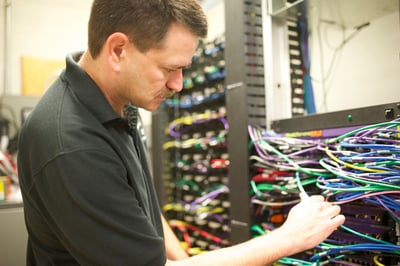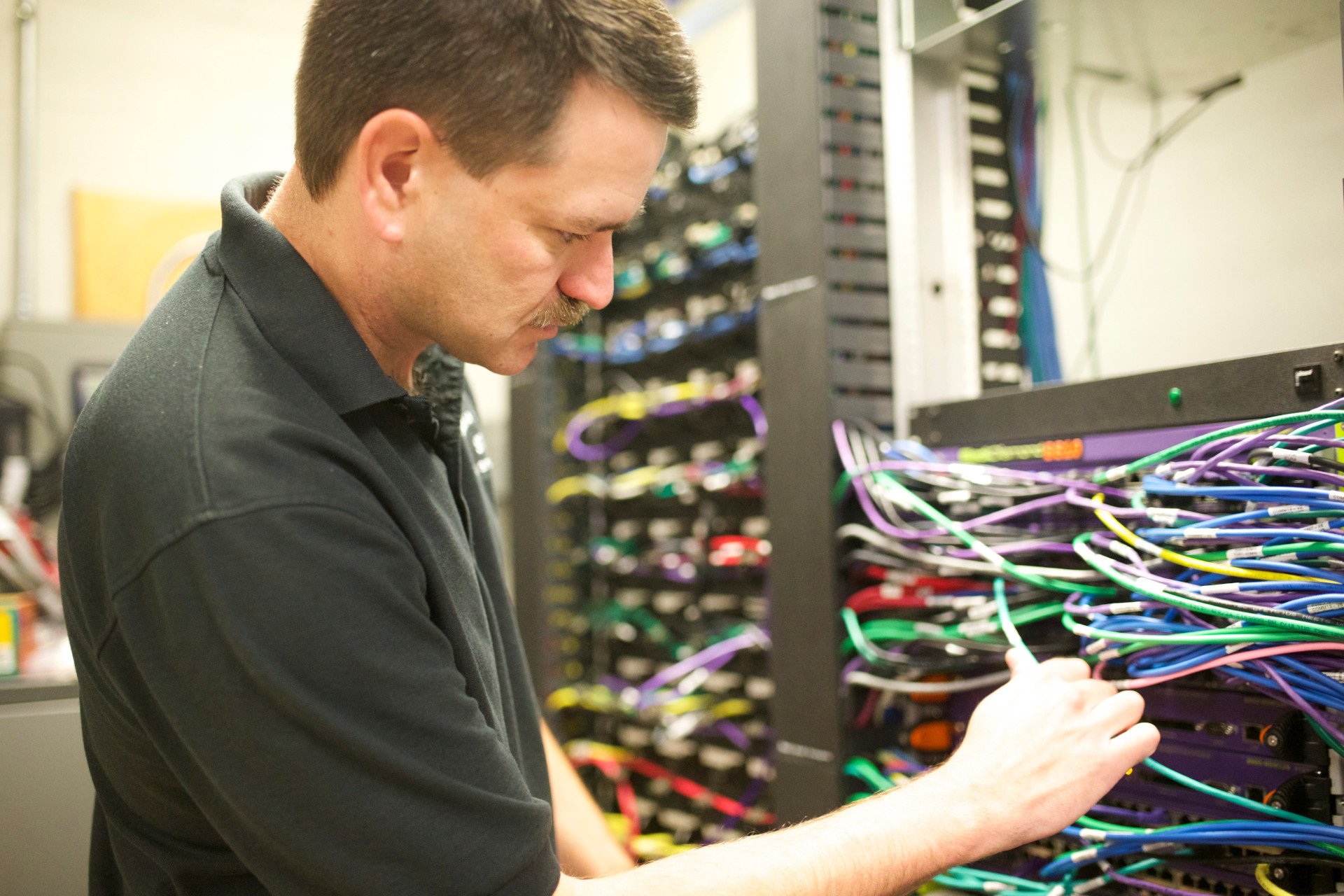 Back in the day wired infrastructure was go-to technology. Homes and businesses were wired with cables, either Ethernet or Fiberoptic, to support digital communications. While these solutions were effective and are in still in use today, they do present limitations. Here, we look at the challenges of wired infrastructure and why wireless technology may be a better option for your business.
Back in the day wired infrastructure was go-to technology. Homes and businesses were wired with cables, either Ethernet or Fiberoptic, to support digital communications. While these solutions were effective and are in still in use today, they do present limitations. Here, we look at the challenges of wired infrastructure and why wireless technology may be a better option for your business.
About wireless infrastructure
Wireless infrastructure refers to a system of wire-based communication technology, including telephone networks, cable television or internet access. Wired infrastructure can offer more reliability and stability over wireless networks and provide high speeds of transmission. For example, sources say modern wired Ethernet connections can reach speeds up to 5 gigabits per second, while wireless connections come it at about 1 gigabit per second. This makes wired technologies often preferred for industries that depend on fast and reliable data.
Wired infrastructure can also be more secure in many situations because connecting to them requires access to a network port. For hackers to intrude, they need to physically connect to an unauthorized device. Wired technologies are also effective for companies doing business across the country or internationally. Here, wired systems are broadly used to establish and maintain connectivity over the miles.
Drawbacks
Despite these pros, wired infrastructure has its limitations, especially as wireless technologies continue to advance. The biggest drawback is often surrounding the price point. The expenses of setting up wired infrastructure and then upgrading networks as demands increase can quickly add up.
These wires are often made of copper lines, which are always increasing in cost. In addition to the expense of the actual physical wires, other charges add up involving fees, pulling permits, zoning requirements, as well as underground trenching and installation. Then, once established, it takes more time, resources, and funds to increase coverage and capabilities, limiting a business’s ability to grow.
Other downsides of wired infrastructure include the following:
Lack of mobility. Wired technology must be plugged into power outlets and network ports. This creates further challenges in aligning staff, equipment and office furnishings, and making moves down the road can call for additional cabling, outlets and structures. Ongoing configuring and reconfiguring may be needed.
Need for space. Computers, cables, and additional wired components can all take up space. More square footage is needed to make enough room, requiring funds that could otherwise be used for investments and profits. At the same time, the need to physically connect can keep workers grounded to your space, eliminating options for working remotely or empowering sales staff on the road.
Safety and power. Finally, wired infrastructure presents challenges in keeping equipment safe and working properly. Cables can be damaged through the everyday wear and tear of an office environment. They are at risk of electrical services and outages. And, because they run on power, wire cuts or bad weather can stop operations.
Wireless advantages
Wireless technology offers several features that counter these drawbacks, with the biggest benefit being cost. Wireless systems can be upgraded at a fraction of the cost of wired system. They also eliminate monthly recurring charges and can be reconfigured without jeopardizing employee productivity.
In addition, they provide better coverage, capacity and reliability. They extend secure networks to a wider area of coverage and increase integration speeds. Wireless networks are always improving in regard to speed and reliability, and they provide options for flexibility and scalability that may not be available with wired infrastructure.
To learn more about whether wired infrastructure is holding you back, contact us. And to learn more about the power of wireless technologies and just what you need to reach your business goals, download our free Wireless Communication Survival Guide.


